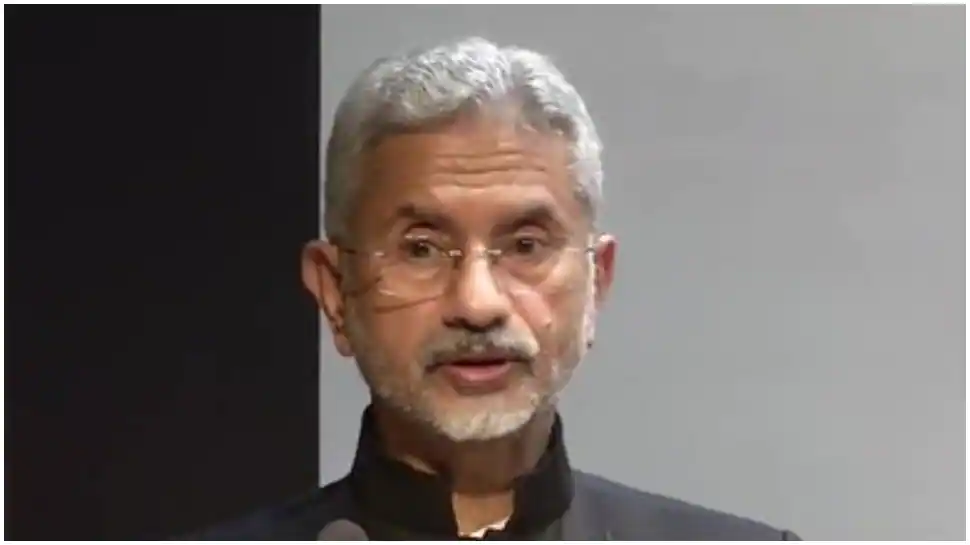Wholesale price inflation hit 15.08% in April, the highest since September 1991, official data showed on Tuesday. The wholesale price index (WPI) grew at double digit rates for the 13th month in a row.
The latest WPI print strengthens the notion that retail inflation trajectory may not be on a downward slope yet. Data released last Thursday showed inflation based on consumer price index scaling an 8-year high of 7.79% in April, on a broad-based rise in price pressures across food, fuel and core segments.
Analysts have been attributing the sustained high WPI inflation partly to an unfavourable base, but the upward movement for more than a year signal inherent, sticking price pressures.
Gloomier demand outlook in Covid-hit China and a moderation in the pace of global commodity price rise could, however, offset the risks to the WPI inflation emanating from a weakening rupee in May, analysts said. Nevertheless, any substantial moderation of WPI in May is unlikely, although it is set to drop below 15%, they added.
Given the sustained rise in costs of raw materials and intermediate goods (these products dominate the WPI), producers in a larger number of sectors may be forced to pass on the increase in prices to consumers, despite relative slackness in aggregate private demand.
Having refrained from an out-of-cycle revision of its inflation forecast earlier this month even as it hiked the repo rate by 40 basis points to 4.4%, the Reserve Bank of India (RBI) will now have to sharply raise its projection for the June quarter and for the full year (FY23) from the April projections of 6.3% and 5.7%, respectively.
Food inflation might come in at even higher levels in the next few months given the rising costs of farm inputs like fertilisers, surging international crop prices and extreme weather-related disruptions. Weakening of the rupee will add to the imported cost of crude and commodities. Besides, the government is set to announce higher minimum support prices of kharif crops in early June, in keeping with the formula that farm gate price must be paid-up costs plus at least 50% profits.
The latest data showed ‘core’ WPI inflation hit a four-month high of 11.1% in April, against 10.9% in March, indicating that some amount of pass-through is already taking place. This would partially offset any potential gain from supply-side interventions (such as wheat export ban) and a favourable WPI base, and will likely spill over to the retail level as well, albeit with a time lag.
Even then, the WPI inflation far outweighs price pressure in retail inflation, reflecting the inability of producers to pass on cost increases completely. The divergence is also due to the different composition of the two price gauges (food items account for as much as 46% of the consumer price index).
Still, the sharp rise in both the inflation indicators in April has only raised chances of the central bank going for aggressive repo rate hikes in the upcoming meetings after an off-cycle increase of 40 basis points in May to 4.4%. ICRA chief economist Aditi Nayar expected a hike of 40 basis points in June and another 35 basis points in August.
WPI inflation in April exacerbated across segments such as manufactured products, fuels and power and primary articles, including food.
Unsurprisingly, inflation in crude petroleum and natural gas eased only a tad and remained high at 69.07% in April and price pressure in the fuel and power segment — comprising petrol, diesel and LPG — jumped to 38.66% from 34.52% in the previous month.
WPI food inflation inched up to 8.35% in April from 8.06% in the previous month. Interestingly, inflation in wheat, exports of which were banned on Saturday, moderated to 10.7% in April from 14.04% in March when the heatwave first hit the crop yield.
Within the manufactured products segment, edible oils, which are mostly imported, inflation remained high at 15.05%, despite having eased from 16.06% in March in the wake of the Ukraine crisis. Basic metals, semi-finished steel, chemicals and textiles witnessed double-digit inflation, reflecting the rise in input prices.
ICRA’s Nayar expected the repo rate to be hiked to 5.5% by mid-2023. “With the source of inflation being global supply issues and not exuberant domestic demand, we maintain our view that over-tightening will douse the fledgling recovery without having a commensurate impact on the origins of inflationary pressures,” she added.
Madan Sabnavis, chief economist at Bank of Baroda, said of the 22 commodity indices, 12 rose at a faster pace in April than the previous month, led by paper products, fabricated metal products, other manufacturing items, electrical equipment and other non-metallic mineral products. Importantly, the pace of increase in international commodity prices slowed significantly to 1% month-on-month in April, against 4% increase in March; it has moderated further so far in May by 1.3%.














